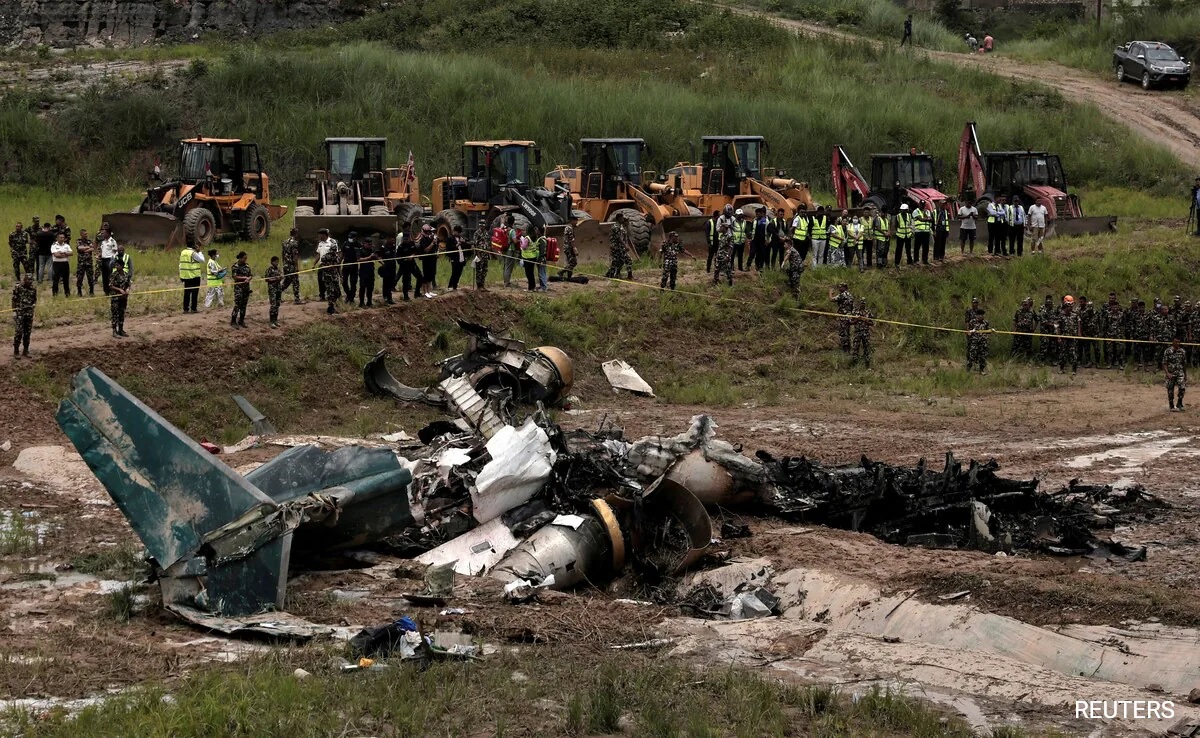
In a somber turn of events, Nepal has once again been struck by an aviation disaster, adding to its history of tragic accidents within the Himalayan region. On the morning of July 24, 2024, a Saurya Airlines aircraft met with a catastrophic accident during takeoff at Kathmandu’s Tribhuvan International Airport. The plane, carrying 19 passengers, caught fire, leading to the unfortunate demise of 18 individuals onboard. The pilot, who miraculously survived the crash, is currently receiving medical treatment.
This incident has raised concerns over the safety protocols and aviation standards in Nepal, a country that has witnessed nearly 360 lives lost since 2000 due to air mishaps. The recent crash not only poses a significant setback to the families of the victims but also casts a shadow over Nepal’s burgeoning tourism industry, which was on the path to recovery post-pandemic.
The lone survivor, the pilot of the ill-fated CRJ200 aircraft, managed to escape the tragedy, providing investigators with a crucial eyewitness account of the events leading up to the crash. As rescue operations concluded, the focus has now shifted to understanding the cause of the accident and preventing future occurrences.
The aviation community worldwide is closely monitoring the situation, as Nepal’s challenging topography and weather conditions have long been known to complicate flight operations. The Tribhuvan International Airport, nestled within a valley and surrounded by mountains, requires pilots to navigate through complex airspaces, often leading to perilous situations.
As investigations proceed, the international community extends its support to Nepal during this difficult time. The resilience of the Nepalese people and the global solidarity in the face of such tragedies underscore the need for stringent safety measures and continuous improvement in aviation practices.
This report aims to shed light on the circumstances of the Nepal plane crash and the implications it holds for the future of aviation safety in the region. As we await further details from the ongoing investigation, our thoughts remain with the families affected by this tragedy and the sole survivor, whose testimony may provide valuable insights into enhancing flight safety standards.






